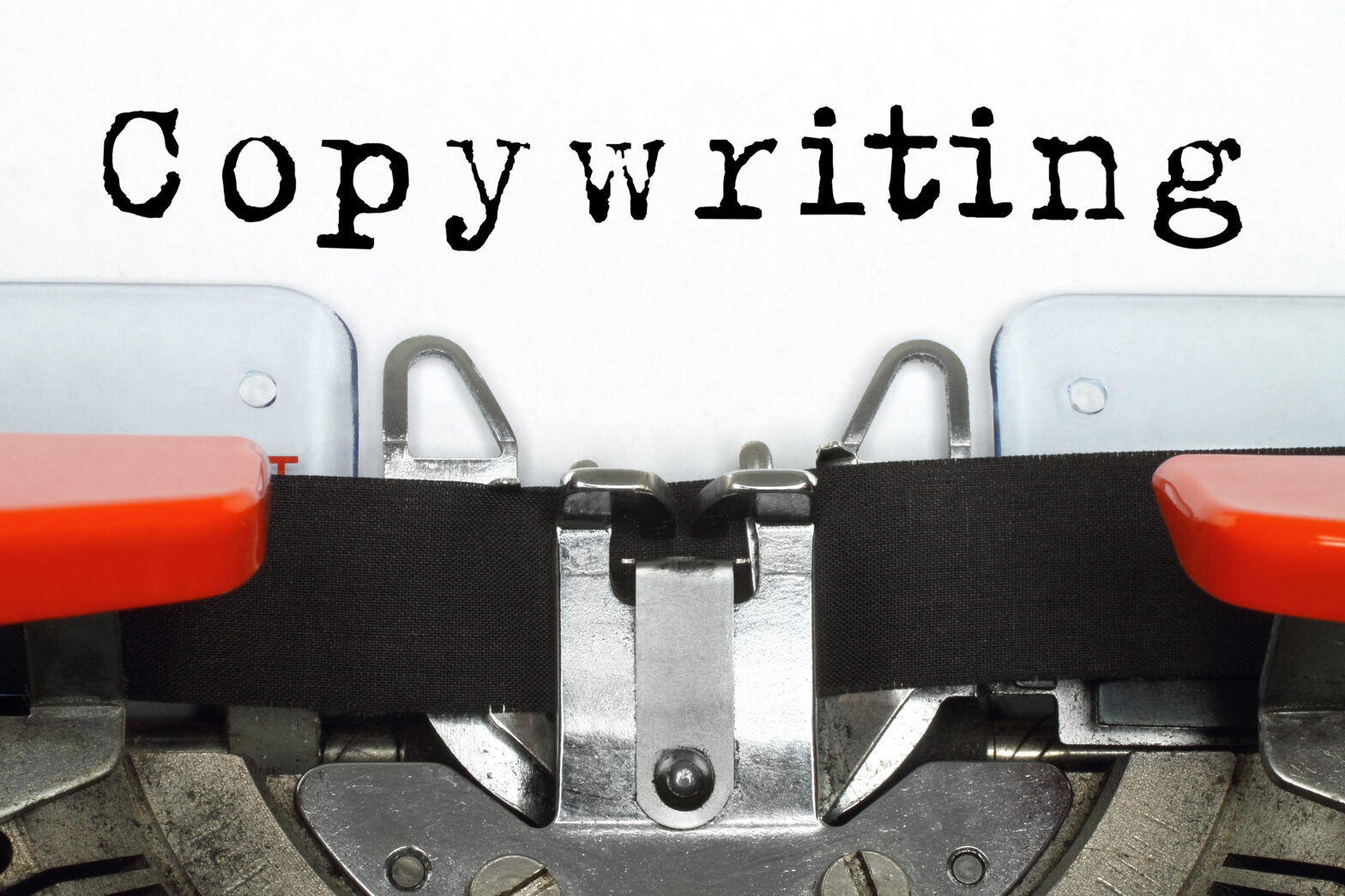Copywriting is a craft. It’s similar to playing squash – it looks incredibly easy to onlookers, but it really, really isn’t. Copywriting for a B2B audience is even trickier, and can sometimes offer less obvious leeway for imaginative zeal.
As such, here are five tips to ensure your copy not only survives in the B2B arena, but creatively thrives amongst a corporate readership.
Never start without a brief
Starting a copy task without a brief is a naïve blunder we’ve all made – it’s like going into Aldi without a shopping basket. Always, always request a brief. If you don’t, you’re essentially going in blind, increasing the risk of wasting your time – and the client’s – drafting work that doesn’t properly align with the campaign’s objectives or the client’s overall mission.
Know your audience and your brand
Who exactly is it you’re targeting? What content and issues are they passionate about? What does their day-to-day life look like? What demographic do they sit under? It’s no good knowing one or some of these things. You have to answer all of these questions to ensure your content is relevant and bespoke to your recipients’ individual needs.
Nailing your brand’s tone of voice is just as essential. The copy you create needs to both engage your audience and represent the business you’re promoting in the best possible light. To achieve this, you have to do more than a light bit of research; you must immerse yourself in the brand’s core values and identity. Working closely, in tandem with your client, allows this to happen – this way, you’re more than just a number on a spreadsheet or a name in their inbox. You connect on a deeper, more personal level, thus relaying the brand’s voice and message more effectively.
Keep it short and sweet
B2B professionals are very busy. They don’t have time to delve into long-winded copy that gets to the point nine paragraphs in. Cut through with short words, short sentences and short paragraphs.
Design and content are one
Design and content aren’t mutually exclusive. They complement one another beautifully, one offering what the other simply can’t. By playing one off the other, you can achieve a whole that grabs the attention of your audience and better communicates your client’s offer.
Be daring
Make bold decisions. Don’t succumb to fear. It may feel daring in a B2B space, but it’s usually better to opt for the creative route. Writing for a B2B audience doesn’t always have to involve mundanely hammering out email newsletters and weeping as your click-through fails to hit targets. We’re surrounded by innovative tech; all the time, we’re witnessing new and improved ways to communicate with our audiences. Use it.
But to truly make that connection, avoid dry and mundane copy. While you are communicating with business professionals, there’s still a person at the receiving end of your direct mailer, not a robot. And while not all brands will approve risk-taking material, it’s always best to test the waters and take the plunge. There might be treasure at the bottom.
James Fieldhouse, senior copywriter at OLIVER Group UK






